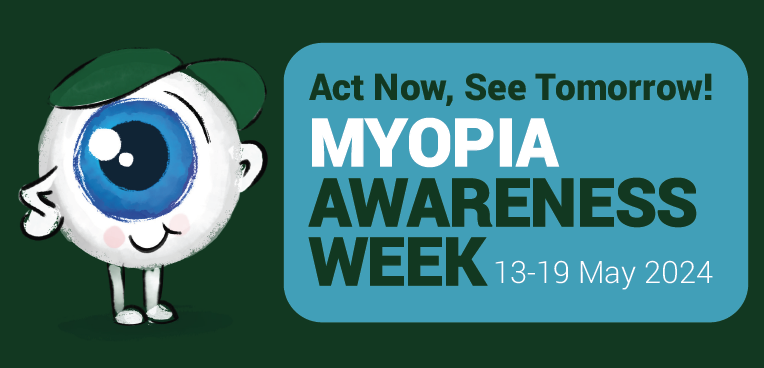Sydney, Australia, 7 June 2017: Until the mid-1970s it was believed that contact lens wear had no effect on the corneal endothelium, but around this time advanced optics enabled the discovery of several endothelial changes with lens wear that had not previously been observed.1 One of these was the ‘bleb’ phenomenon – a discovery made by Brien Holden’s PhD student, Steve Zantos, in 1975, when he observed black spots and apparent separation of cells over the corneal endothelium only minutes after a patient was fitted with a soft contact lens.
The discovery was met with some scepticism by the contact lens fraternity, which lasted for several years, but others encouraged the researchers to chase down what they referred to as ‘blebs’. Eventually, a number of studies verified their existence, including those by ophthalmologist, Antti Vannas, who studied corneas from enucleated eyes and those of beating heart, brain-dead cadavers.2
These and other studies led Efron and Holden to conclude that “endothelial blebs are probably the result of a local oedema phenomenon, whereby the posterior surface of the ‘blebbed’ endothelial cell is bulged toward the aqueous.”1 They explained that “when viewed using specular reflection, light rays striking the posterior surface of the ‘blebbed’ endothelial cells will be deflected away from the observation path, giving the illusion that the cells have disappeared.”1
As suggested, despite the “stunning clinical appearance, blebs are asymptomatic and thought to be of little clinical significance.”1 The peak response was found to be between 20-30 minutes after inserting the lens, then subsiding to a low level after 45-60 minutes. The blebs disappeared 10 minutes after the removal of the lens.1

PhD student Steve Zantos, who first noticed ‘blebs’ while examining a patient who had just had a contact lens inserted
References
1. Efron, Nathan & Holden, Brien A. (1986) A review of some common contact lens complications. II. The corneal endothelium and conjunctiva. Optician, 192(5062), pp. 17-33.
2. Vannas A, Makitie J, Sulonen, Abonen R, Jarvinen E (1981). Contact lens-induced transient changes in corneal endothelium. Acta Ophthalmol 59: 552.
In July, we celebrate the life of our late CEO Prof. Brien Holden and how his contributions have
shaped the optometric landscape. For more on his lifetime of vision, click logo below.



